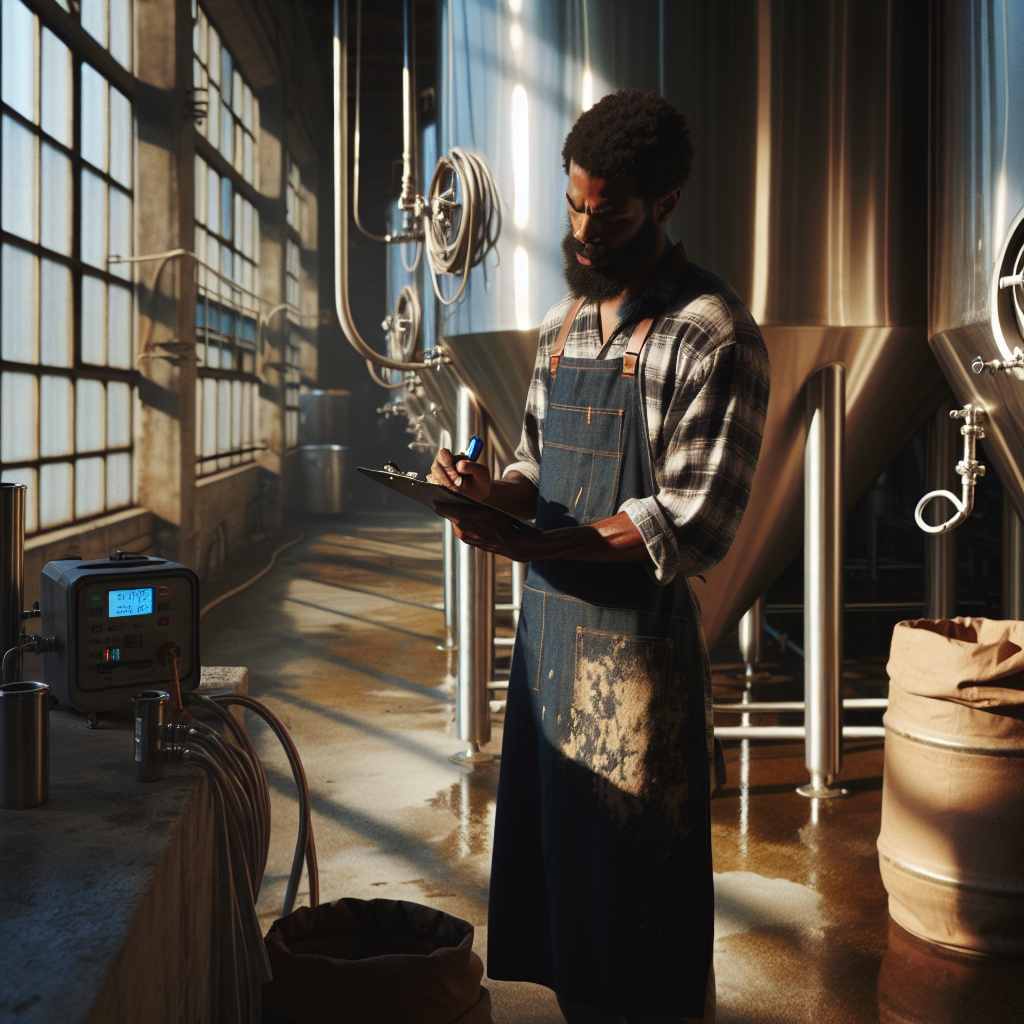AI Fermentation Sensors Slash Spoilage for Seminole Heights

How Seminole Heights Craft Breweries Can Use AI-Powered Fermentation Monitoring to Cut Spoilage and Deliver Consistent Flavor
Introduction
Seminole Heights is home to some of the most adventurous craft brewers in Tampa Bay. Yet even the most creative recipes can fall flat when a single fermentation run drifts off course. A University of South Florida study found that small breweries lose 3–5% of annual production to unplanned batch spoilage—losses that directly erode margin and brand reputation.
Today’s brewers have a new ally. Precision sensors and machine-learning models can monitor gravity, pH, temperature, and dissolved oxygen in real time, alerting the team before a problem becomes irreversible. In short, AI fermentation monitoring gives Seminole Heights craft breweries enterprise-grade quality control—without the enterprise-level payroll.
Why Consistency Is the New Competitive Advantage
• Customers notice: Taproom research shows that 68% of patrons can detect flavor variance after just two off-spec pours.
• Distributors demand it: National retailers require documented consistency before carrying rotational SKUs.
• Ingredients cost more: With hops prices up 20% year over year, dumping a batch hurts more than ever.
In an industry where novelty drives foot traffic but reliability drives scale, controlling fermentation is non-negotiable. AI-driven brewing quality control gives Tampa Bay brewmasters the precise guardrails they need.
Inside the Tech: How AI Fermentation Monitoring Works
-
Smart Sensors on the Tank
Non-invasive probes capture gravity, temperature, and CO₂ evolution every few seconds. Because the devices fit through existing ports, installation takes less than an hour per tank. These smart brewery sensors let Seminole Heights operations teams gather lab-grade data without halting production. -
Edge Processing for Immediate Alerts
On-site microcontrollers run lightweight analytics, flagging anomalies the moment they emerge. For example, if temperature rises faster than historical norms, the system can trigger an automated glycol chill. -
Cloud-Based Machine Learning
Historical data, yeast strain metadata, and recipe targets flow to the cloud, where AI predictive fermentation models learn each beer’s signature profile. The software then recommends aeration tweaks or nutrient additions that keep fermentation on track. -
Executive Dashboards and Mobile Push
Brewmasters receive a color-coded dashboard—green for target range, yellow for caution, red for intervention—plus SMS alerts when thresholds are exceeded. The interface converts technical readouts into at-a-glance business KPIs: projected ABV, estimated completion time, and potential loss avoidance in dollars.
Business Outcomes You Can Taste—and Bank
Early adopters across Tampa Bay report results within the first quarter:
• Spoilage cut by up to 60% through early-stage corrections.
• Batch-to-batch flavor variance reduced below 2% on sensory panels.
• Labor freed for innovation: assistant brewers spend less time taking manual readings and more time experimenting with new hop blends.
For investors and owners, the math is simple. A 10-barrel batch of IPA retails for roughly $9,000. Preventing just three dump-and-repitch incidents a year can fund an entire AI stack—and then some.
Implementation: A Low-Friction Path to Higher Quality
Step 1: Data Audit
Our Tampa Bay brewery AI consulting team reviews existing fermentation logs, sensory notes, and hardware. The goal is to identify quick-win tanks where AI can deliver immediate ROI.
Step 2: Sensor Deployment
We install calibrated probes and validate readings against your current lab results. Calibration certificates and SOPs ensure regulatory compliance.
Step 3: Model Training
Over the next two to three cycles, the platform learns each recipe’s signature “fermentation fingerprint.” During this period, the system runs in advisory mode so the crew gains confidence in the recommendations.
Step 4: Continuous Optimization
After baseline accuracy is achieved, the software shifts to full prescriptive control. Brewers can compare predicted versus actual flavor metrics and refine recipes with data-backed precision—true consistent flavor AI brewing solutions for Tampa operations.
Local Proof: A Seminole Heights Case Study
Brewery: Golden Dune Aleworks
Challenge: High-gravity seasonal stout exhibited inconsistent mouthfeel and irregular attenuation.
Solution: After integrating AI fermentation monitoring, the team adjusted pitch rate and temperature curve mid-run based on real-time alerts.
Result: 28% reduction in fermentation time, zero batch spoilage over six months, and a silver medal at the Best Florida Beer competition.
The Competitive Edge for Seminole Heights Brewers
Whether you run a neighborhood taproom or distribute cans across the Southeast, AI-powered monitoring turns fermentation from a black-box art into a scalable science. Batch spoilage reduction AI Tampa breweries adopt today will define tomorrow’s market leaders.
Ready to unlock the power of AI for your business? Contact EarlyBird AI today for a free consultation and discover how our tailored solutions can drive growth and efficiency for your Tampa Bay enterprise.